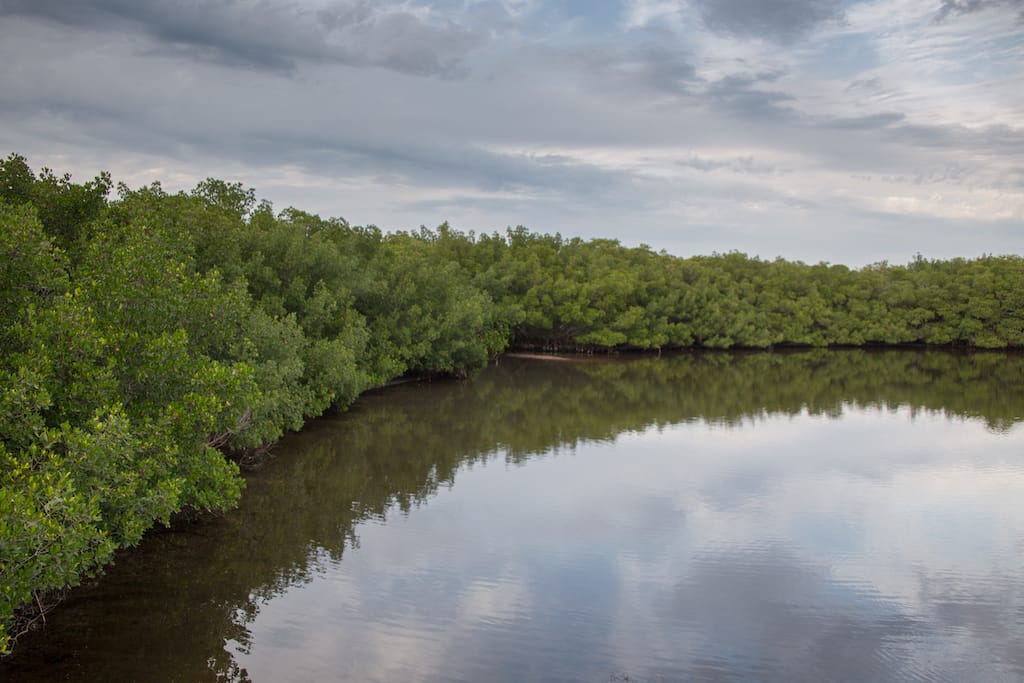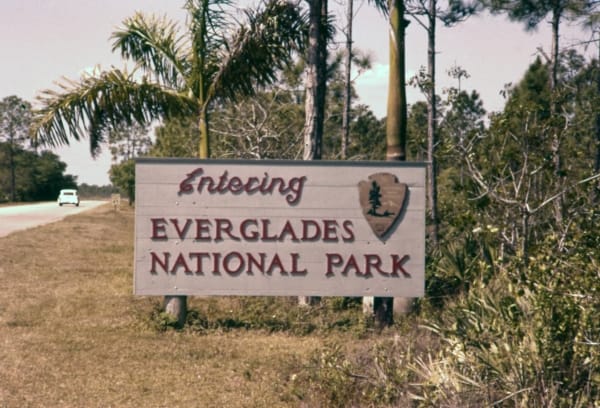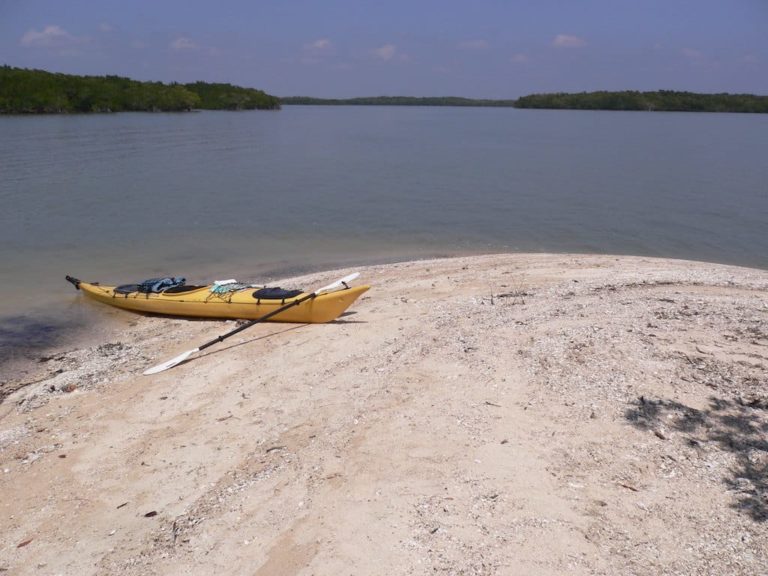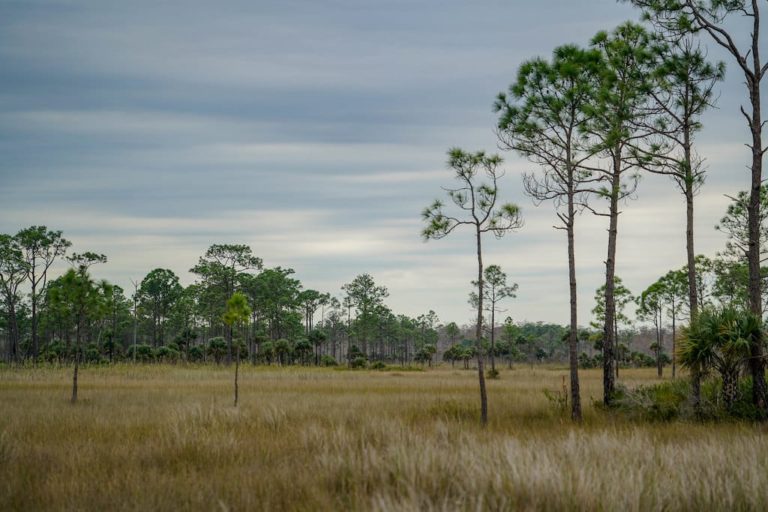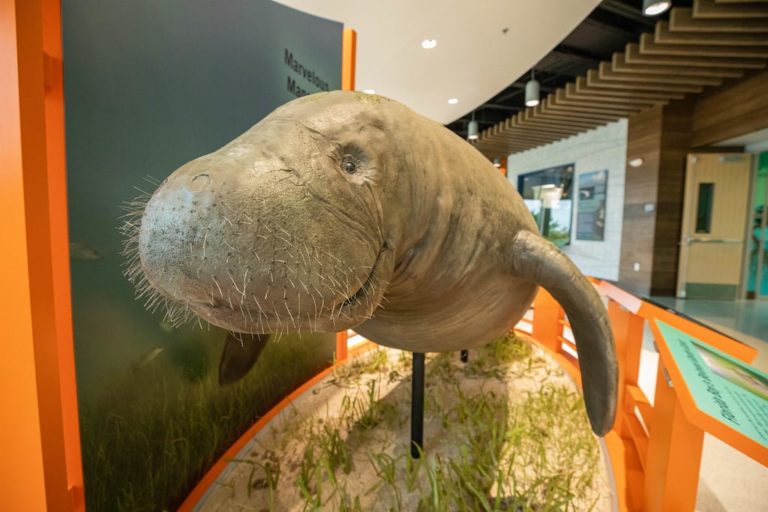Mangroves
Mangroves are a group native trees and shrubs that grow in marine environments. Mangrove are salt-tolerant and are typically found in saltwater or brackish water.
Mangroves are abundant in warm coastal regions and are commonly found in coastal areas in Florida, and other places around the world.
Importance of Mangroves
Mangroves play an important role in Florida’s coastal ecosystems, and marine ecosystems world-wide.
Habitat
Mangroves provide safe habitat for a wide variety of wildlife, especially juvenile marine life, including:
- Fish
- Crustaceans
- Birds
- Mammals
- And many other species
Many species depend on mangroves for their survival, including the red mangrove crab, the mangrove snapper, and others.
Water quality
Mangroves are essential for Florida’s water quality, and help provide clean drinking water for millions of Florida residents. They serve as natural filters and are effective at removing pollutants and sediment from natural waterways.
Mangroves also help protect water quality by providing a habitat for countless other organisms which help to filter water, stabilize soil to prevent erosion and break down organic matter.
Carbon Capture and Sequestration
Around the world, mangroves capture and store huge amounts of carbon, which helps mitigate the effects of climate change.
Mangrove forests are one of the most important natural carbon sinks in the world, and are often found in the most sensitive and vulnerable habitats.
Unfortunately mangroves are often primary targets for deforestation and environmental destruction because their coastal habitats are often sought for valuable waterfront development.
Ecological significance
Mangroves are a keystone species in Florida’s natural environment. They are essential for ever ecosystem they are part of, and serve humans and nature in countless ways.
Mangroves provide many important functions by themselves, and also help to support a diverse range of organisms which are all critical to the health of Florida’s environment.
Coastal stabilization and protection
Mangroves are important protectors of coastal areas. Mangrove forests have extensive and robust root systems which help to stabilize coastal shorelines and prevent erosion.
Mangroves effectively act as a shock absorber and help protect against wind, waves, hurricanes, storm surges, erosion and rising sea levels.
Overall, mangroves provide countless “environmental services” to Florida, and are essential to protect Florida’s natural environment, waterways and coastlines.
Types of mangroves in Florida
Three species of mangroves are found in Florida:
- Red mangrove
- Black mangrove
- White mangrove
Red mangroves
Red mangroves are the most common mangroves found in Florida. They are easily identified by their “prop roots”, which are specialized to help stabilize the tree in soft, muddy coastal soil.
Black mangroves
Black mangroves are also commonly found throughout Florida. These are characterized by their pneumatophores, which are the narrow, pencil-like roots. These roots stick up out of the soil and help the tree “breathe”.
White mangroves
White mangroves are less common in Florida and tend to be found more inland than other mangrove species.
White mangroves can be identified by their smooth tree bark and flowers, which are small and white.
White Mangroves are found in various locations throughout Florida, including:
- Ten Thousand Islands
- Everglades National Park
- Big Cypress Preserve
- And others

